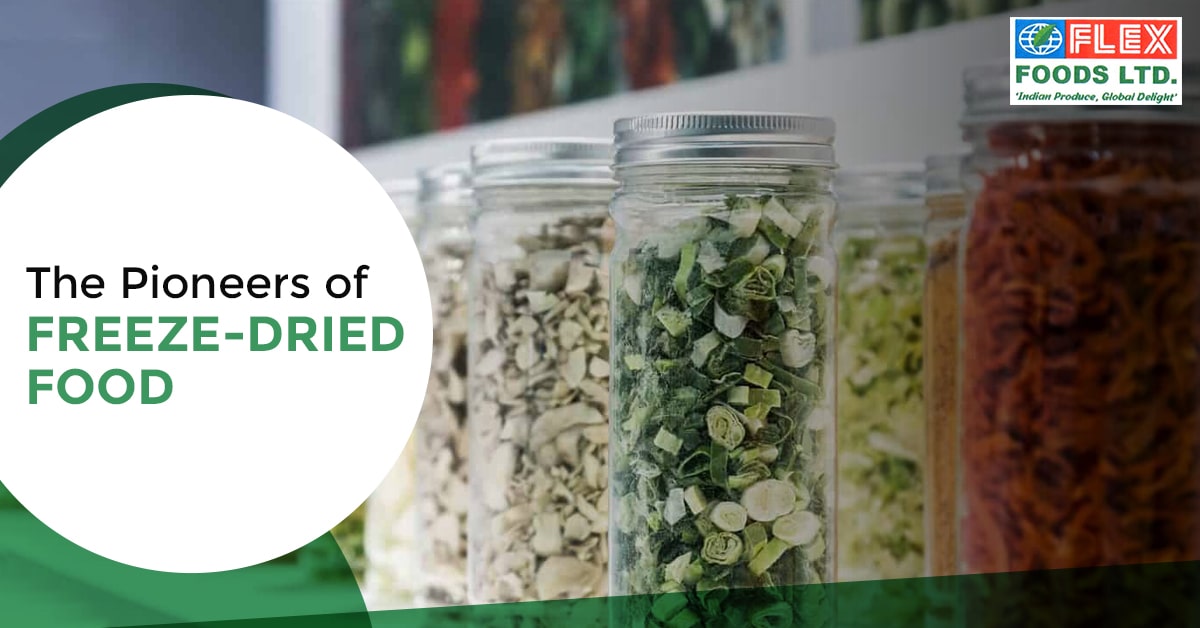You know those sad-looking shriveled-up veggie crumbs you find in emergency food buckets and camping meals? Yeah, freeze-dried vegetables aren't exactly a delicacy in their preserved state. More like the plant-based equivalent of banana chips. Except when you rehydrate them, something magical happens. Shrunken broccoli florets, corn kernels and carrot slices somehow puff back up into vibrant, crisp, tasty form almost as good as fresh produce.
It's crazy convenient having entire gardens condensed down into lightweight, non-perishable nuggets. But that extreme shelf life and just-add-water revival only works if you properly store your freeze dried veggie stash. Because seriously, nothing wrecks these long-lasting rations faster than cutting storage corners. Improperly preserved freeze dried fruits and veggies become stale, discolored shadows of their former selves in a matter of months rather than years.
Do: Start with Quality Packaging
This first tip matters even before you lug those buckets and pouches home. Only buy freeze dried foods sold in thick, durable packaging with zero damage. We're talking sturdy stuff like Mylar bags or rigid buckets and cans, not flimsy plastic you could poke a hole through. Any tears, dents or compromised seals on that packaging means air exposure, which is the enemy of longevity. Hard pass on anything banged up while shipping.
Don't: Reuse Flimsy Containers
Once you crack into those bulk air-dried herbs in India packs, you absolutely must transfer leftovers into airtight storage containers. Not doing so practically guarantees premature degradation before you even get a chance to eat the whole stash. Those original pouches and bags were really only meant for short-term preservation during shipping and stocking.
For long-term storage, look to sealable plastic buckets with gaskets, glass jars paired with oxygen absorber packets, or heavy duty Mylar bags. Repurposed containers like plastic tubs and bins might seem sturdy enough, but odds are they still let in trace amounts of moisture and air over time. For true extended shelf life, invest in containers designed specifically for bulk dry food storage.
Do: Cut Out Residual Air
While transferring freeze-dried goods into fresh containers, make sure to press out any residual air pockets surrounding the food. Use a utensil or your fingers to really pack everything down and collapse the packaging until it's form-fitting. Those little oxygen bubbles seem harmless enough but create oxidation hazards that degrade your stockpile over time. Leave them at your own risk!
Don't: Skimp on Oxygen Absorbers
IFor optimal storage, always include an oxygen absorber packet in the mix. These little moisture- wicking pouches create a protective, oxygen-free environment inside your sealed containers. This goes a long way towards preventing degradation and spoilage in the long run. Most premade buckets and cans of freeze dried meals and ingredients come with absorbers built in. But if decanting into different containers, you'll want to snag extra packs separately. It's a cheap shortcut you don't want to skip.
Do: Mind Temperature and Light
Finding the right spot to stash your containers is also crucial. You want a cool, consistently temperature-controlled space out of direct light. Things like basements, closets or root cellars work great if available since they limit heat and humidity exposure. High temps and drastic swings basically fast-forward the aging process of freeze dried goods. Same goes for intense light which can fade colors and zap nutrients over time. Just think cool, dark and moisture-free when stocking your stash.
Don't: Forget Proper Rotation
Last but most certainly not least, the first in first out (FIFO) rule should be your new religion when it comes to freeze dried rations. Always make sure to date any storage containers as you pack them. Then religiously draw from the oldest stuff first before cracking into newer goods. Not doing so means risking some very unpleasant surprises if items overstay their welcome too long.
Even the best storage conditions can't stop degradation if you leave freeze-dried mango untouched for excessive periods. Creepy odors, discoloration and spoiled flavors become inevitable at a certain point so use those supplies up while they're still good. No amount of rehydration can revive truly rancid freeze dried produce.
Between the right containers, temperature regulation and careful stock rotation, your freeze dried veggies should stay fresh for their full expected shelf life without issue. We're talking a good 10-25 years in many cases depending on the original products! But take shortcuts or get lazy with any of the core storage principles and those shrunken crumbles become a rapid route to sadness and food waste.
These shriveled veggie bits or IQF frozen vegetables already make for a hard sell on their own. Having to toss out discolored, smelly supplies after careful stockpiling is even worse. So do yourself and your tastebuds a favor by giving freeze dried produce proper housing for its full lifespan. With those simple dos and don'ts, rehydrating a fresh garden's worth of flavor and nutrients becomes a snap no matter how far down the line. Totally worth embracing your inner prepper.

